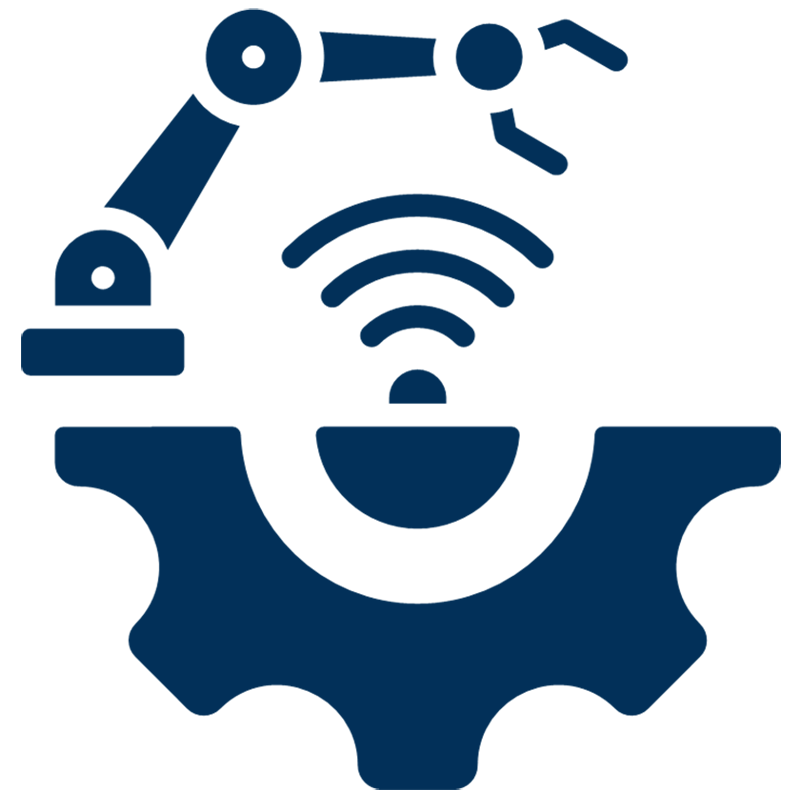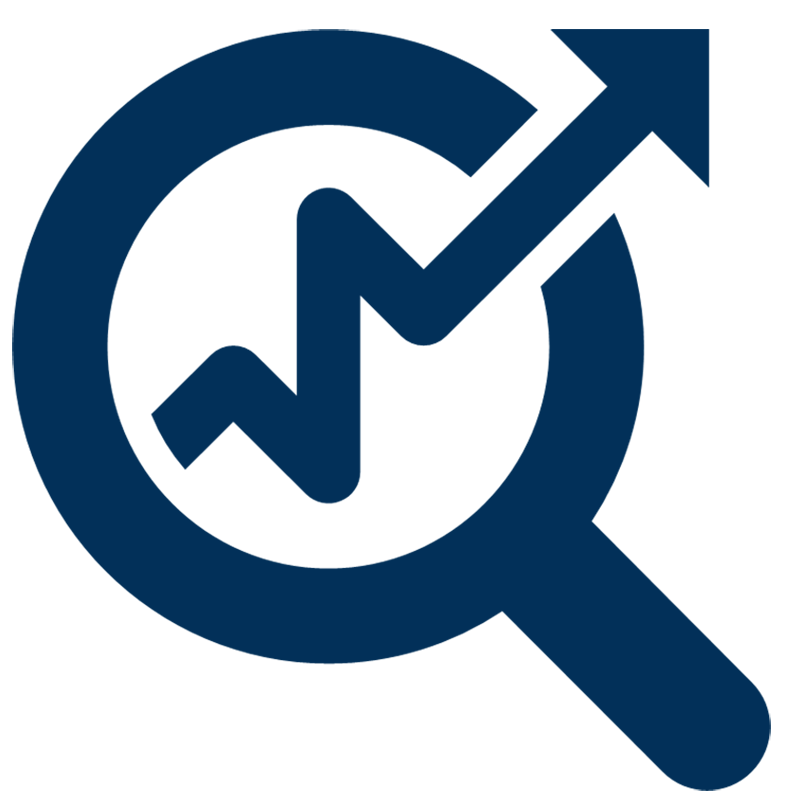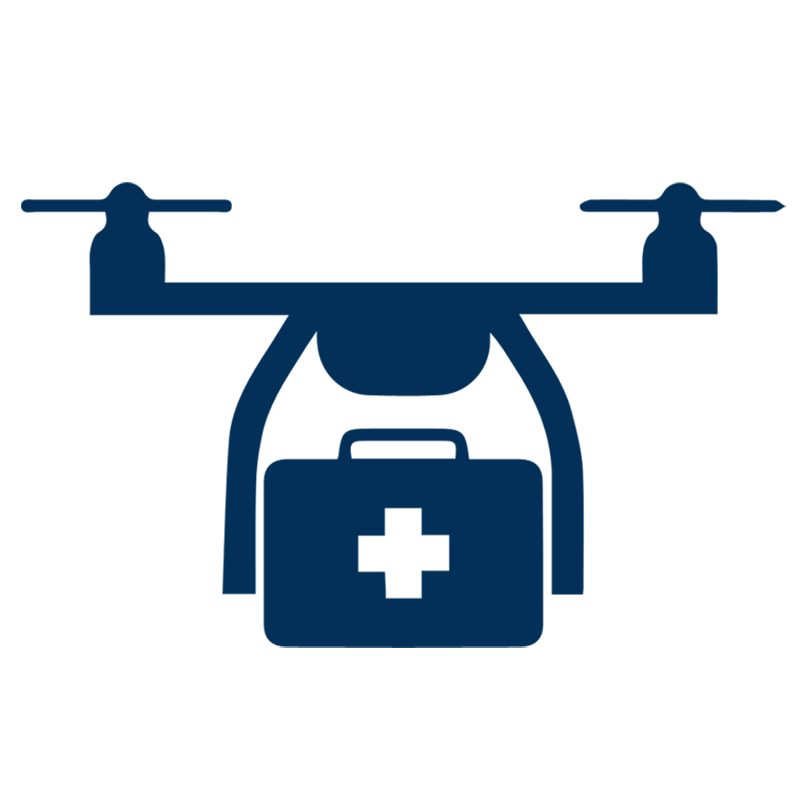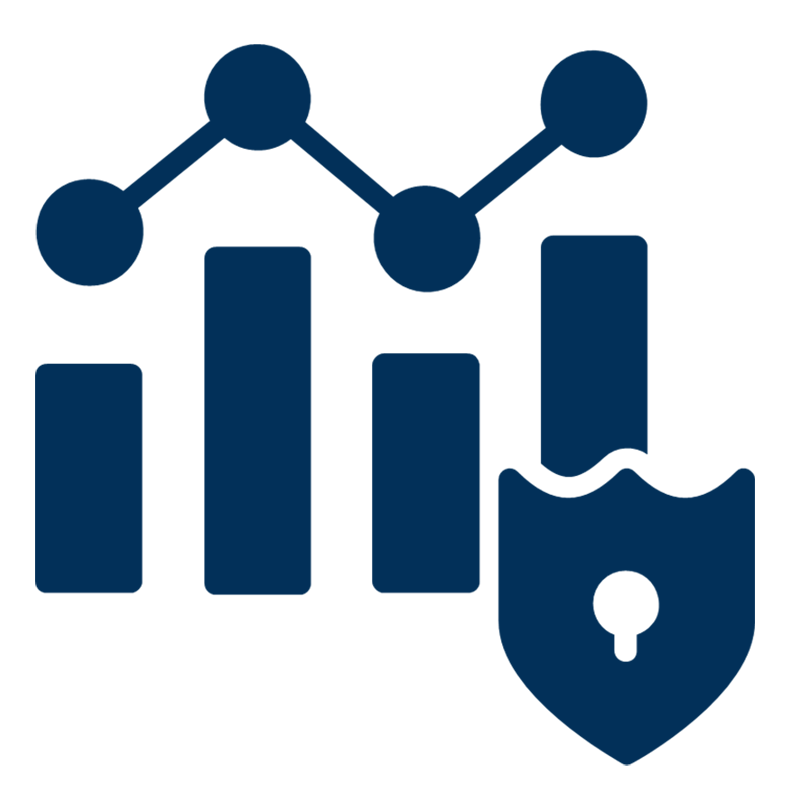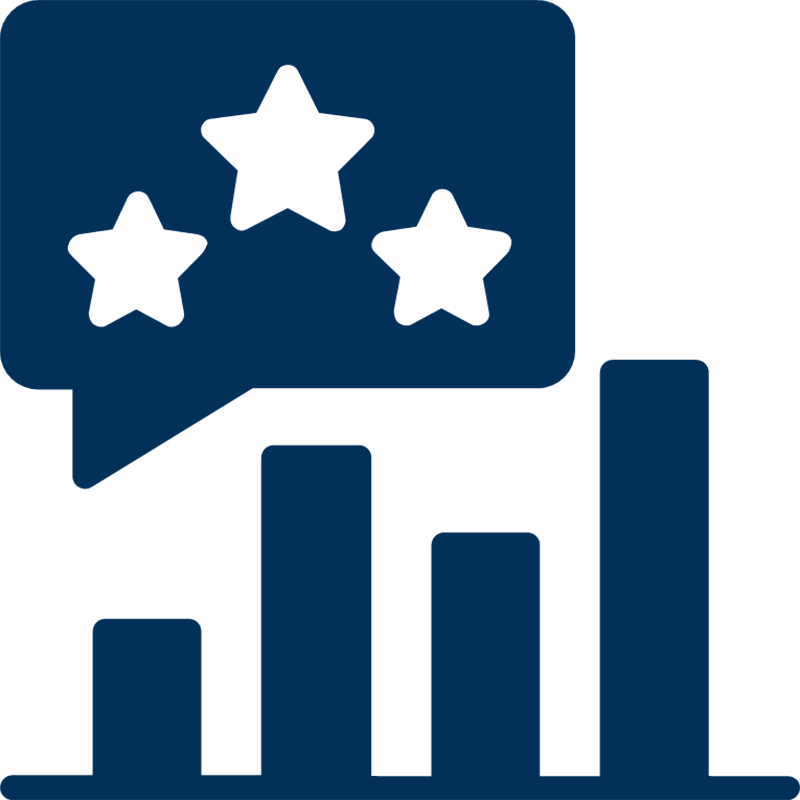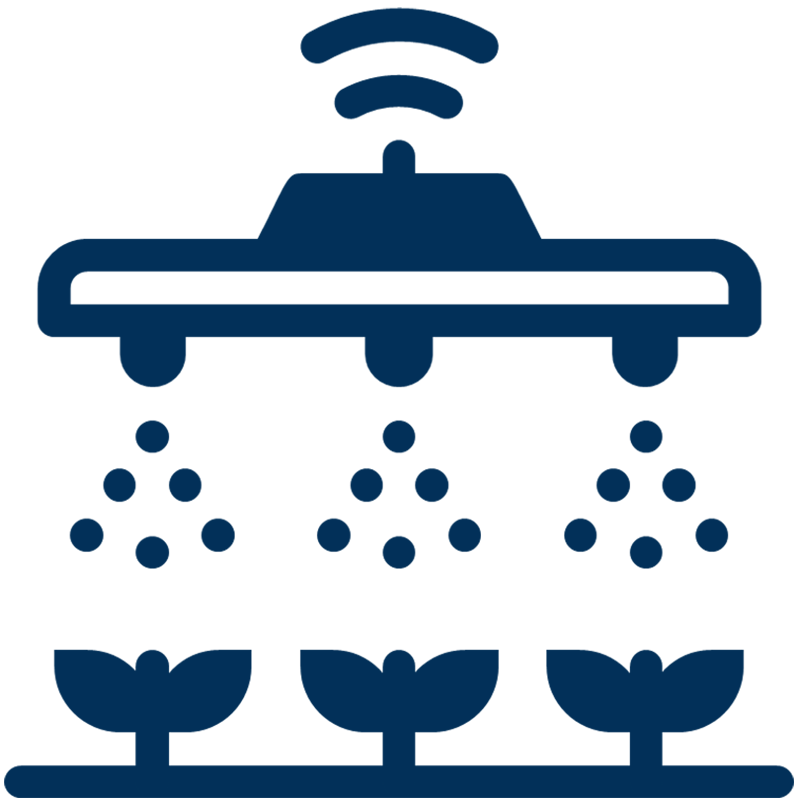Use Cases.
Our use case database tracks 133 use cases in the global enterprise technology ecosystem.
Filters allow you to explore use cases quickly and efficiently.
- (20)
- (20)
- (16)
- (10)
- (6)
- View all 9 Industries
- (20)
- (16)
- (13)
- (10)
- (7)
- View all 7 Functional Areas
- (16)
- (13)
- (11)
- (11)
- (11)
- View all 14 Enabled Capabilities
Selected Filters
133 use cases
|
Regulatory Compliance Monitoring
Regulatory compliance monitoring solutions use rules databases, algorithms, and multiple data sources to help ensure compliance with regulations at the corporate, local, regional, and national level. Compliance automation follows a four-step process. First, determine benchmarks in line with regulations and set KPIs. Second, track compliance metrics using sensors or data management systems. Third, conduct automated audits as required. And finally, report compliance issues, and make changes to processes in order to address root causes. Automating systems minimized the risk of human error or fraud, and improved transparency by providing data for inspection in a central log. Use of robotic process automation (RPA) also makes it much easier to track frequent changes in compliance regulations.
|
|
Remote Asset Management
Remote asset management solutions are a combination of technologies and processes that centrally consolidate Tracking, monitoring, and diagnostics for asset-intensive sectors to enable them to monitor assets and increase operational efficiency. The key objective is to maximize asset utilization, throughput and return on investment. Remote asset management solutions may include a number of functionalities, including Tracking the location of assets, receiving notifications when maintenance is due, and remotely controling operational parameters. They include solutions such as real time location system (RTLS), analytics and reporting, asset performance management (APM), asset condition monitoring (ACM), Predictive Maintenance, surveillance and security, and network bandwidth management.
|
|
Remote Collaboration
Remote collaboration solutions eliminate geographic limitations to enable people to communicate and exchange information in real time regardless of their location. In the industrial context, remote collaboration usually involves a mix of people and assets, for example, a site engineer communicating remotely with an expert in order to install or maintain a machine. Remote collaboration can be as simple as the use of a communications application on a mobile device. However, systems often involve interactive audio, visual, and text communication via Augmented Reality headsets or other wearable devices. Remote collaboration is also conducted between humans and robots to perform surgeries or other delicate operations that require human guidance when the operator cannot be on site. Some factories are experimenting with black-out production, where robots collaborate effectively on their own and only ask for human intervention when needed by sending an alert to the supervisor. The supervisor can then log into the system to diagnose and recommended actions to the robots, collaborating remotely with them.
|
|
Remote Control
Remote control includes a wide range of applications that enable centralized supervision and control over equipment and machinery using sensors to provide operational visibility, a visualization and control application that enables users to communicate orders, and Actuators to control the asset. The ability to effectively operate assets remotely reduces the need for human operators to be on site. Remote control can be applied to asset provided sufficient sensors, transceivers, and Actuators have been installed. For example, remote production control allows users to operate, control and modify output or process parameters. These functions control or operate activity from the speed of the process to regulating operating temperatures to managing basic input/output quantities. Remote starting or stopping, valve controls, pressure controls and current status are all typical forms of control that require connectivity and platforms to manage. Since data sets are large, analytics can also be run to help operators identify areas for improvement, identify trends, and predict events.
|
|
Remote Patient Monitoring
Remote patient monitoring solutions enable monitoring of patients outside of conventional clinical settings, such as in the home or at work using sensors installed on the patients body or in their environment. Incorporating remote patient monitoring in chronic-disease management may significantly improve an individual's quality of life, by allowing patients to maintain independence, prevent complications, and minimize inpatient healthcare costs. Remote patient monitoring facilitates these goals by combining telecommunications with sensors and trend analysis of physiological parameters. Early detection of deterioration reduces emergency department visits, hospitalizations, and the duration of hospital stays. Monitoring data can be easily accessed via a smart device.
|
|
Remote Surgery
Remote surgery is is a form of telepresence that enables a doctor to perform surgery on a patient even though they are not physically in the same location. A robot surgical system generally consists of one or more robotic arms, a master Controller, and a sensory system giving feedback to the user. The adoption of 5G technology is a significant advance that will reduce the time delay between when a command is given and received. In addition to enabling doctors to serve patients anywhere in the world, conducting surgeries via robotics limits the potential for human error, such as hand tremors, which can complicate delicate surgeries.
|
|
Retail Store Automation
Retail store automation includes a range of solutions that automate different aspects of the retail store, including operations, checkout, consumer experience, merchandising, and planning. Fully automated stores use a variety of IoT technologies to allow customers to walk into a store, pick up the items they wish to buy, and simply walk out again. Payment is processed automatically and the customer receives a receipt on their phone as they exit the store. The technology behind fully automated stores relies heavily on full camera coverage of the store, combined with advanced computer vision and facial recognition technologies, to keep track of each individual as they move around the stores. Shelf monitoring systems monitor the goods on the shelves and makes sure that there is always sufficient inventory on the shelves. Camera Tracking and shelf monitors are synchronized so that each customer gets the right item into their virtual shopping carts. On the operational side, inventory, merchandising, and planning processes can be automated as shoppers purchase goods and inventory levels change. Robots, drones, and other similar load bearing devices can also perform some activities typically performed by store staff such as restocking shelves and providing store directions.
|
|
Robotic Assembly
Robotic assembly systems automate the assembly of different parts on a production line by combining robots and control software. An assembly robot can take over reptitive work, and execute it precisely according to the specifications give to it by the control software. These systems can dramatically increase production speed and consistency. An assembly robot moves faster and with greater precision than a human, and an off-the-shelf tool can be installed and commissioned quicker than special-purpose equipment. End of arm tooling can be customized for each assembly robot to cater to unique manufacturing requirements. Newer generation robotics are easily reconfigured as it only requires a chance of program, rather than physical changes in equipment. Assembly robots are ideal for tasks demanding speed and precision like applying sealants and adhesives. Not only can they put together parts that are too small or intricate for a human, but they work quickly and accurately without tiring or making mistakes. They are good in applications where cleanliness is paramount, like pharmaceuticals and medical device assembly. These systems also provide advantages for short-product lifecycle production lines where traditional automation is too capital intensive for the reduced volumes.
|
|
Robotic Disassembly
Robotic disassembly systems use robotics and control software to develop safe and efficient technologies for end-of-life processes by disassmbling component parts for disposal, reuse or recycling. This is especially useful for manufacturers who are looking for more efficient ways to build products from a combination of reused, repaired, or recycled parts using remanufacturing. It is generally more challenging to use robots to disassemble than assemble because there are more unknowns in the size, shape, and condition of used products. Hence, these systems are more sophisticated, usually combining machine vision and other tools that can handle variances and uncertainty. They are most commonly used for products with hazardous chemicals, such as batteries.
|
|
Robotic Machine Tending
Robotic machine tending refers to using robots to oversee machines on a production line as well as for feeding parts in and out of machines. While loading and unloading parts is the primary function of machine tending systems, often the robot performs other valuable functions within the automation system such as part inspection, blow off, wash, deburring, sorting, packaging and gauging. Using robots for machine tending decreases part cycle time and labor costs. Robots can tend all kinds of machines from presses and shears to injection molding machines. Machine tending is ideal for robotic automation as it requires high precision, repeatability, physically demanding, and could be quite dangerous for human operators to perform.
|
|
Root Cause Analysis & Diagnosis
Root cause analysis and diagnosis uncovers the early causes of process inefficiencies to reduce unplanned downtime, increase production throughput, and minimize quality and yield issues. Process flow and production batch data are fused with historical and real-time sensor data. Machine Learning tools then trace correlations between the consolidated data and the process disruption events. Quality and maintenance engineers use these automated lists of prioritized suggestions to quickly find and mitigate the root causes of process inefficiencies and machine failure.
|
|
Search & Rescue
Search and rescue solutions increase visibility, accessibility, and precision of movement towards rescue targets for emergency response personnel. They use a combination of GPS, signal readers, environmental sensors, mapping technology, and Remote Sensing technologies to create real-time maps of the site, locate the targets, and plan rescue operations to optimize speed and safety. Technologies used include using low-power microwaves to detect heartbeats of trapped targets, unmanned aerial vehicles combined with machine vision to spot lost hikers, and smart detectors which can sense the contrast between body temperature and external environments.
|
|
Security Claims Evaluation
Security claims evaluation is an open and easily configurable cybersecurity platform for the evaluation of Endpoint, gateway, and other networked components’ security capabilities. In an industrial environment setting, monitoring of sensors provides a window into the system and operational efficiencies. Specifically, monitoring key parameters such as temperature, vibration, currents, and voltage provide the operator with insights into whether operations are normal, within normal failure mode, or whether there is an indication of a cybersecurity/security breach. Security claims evaluation provides a platform for users to evaluate whether data from the sensors under test is indicative of normal operation or abnormal operation in a non-invasive and non-intrusive manner. Furthermore, using Machine Learning in combination with real-time analytics capabilities, the sensor operation can be monitored and analyzed 24/7. Logging of abnormal events can be performed for further assessment and future remediation actions. Through running a pre-defined security test suite that encompasses pen testing, known vulnerabilities, and other testing methodologies, testbed users’ security claims can be evaluated at a single or multiple connection points – encompassing an Endpoint to a gateway to cloud assessment. A report based on the test results can be provided to users describing potential security weaknesses and proposed recommendations and remediation methods.
|
|
Service Parts Management
Service parts management uses sensors and analytics to predict when spare parts will be needed and to deliver required parts as needed. Solutions aim to provide real-time visibility into the install base by collecting and analyzing IoT data directly from connected assets and integrating this real time data with historical usage data. Analytics can be used to model demand cycles, forecast intermittent demand, and optimize multi-echelon inventory. They can also improve downstream demand visibility from a distribution or service network. By connecting to the dealer network or service providers, parts manufacturers can identify sell-through demand down to the daily level. By predicting demand, providers can develop stocking plans based on service level objectives, budget limitations, and forecasts, to optimize stock inventory and customer service levels. These systems usually work together with supply chain management systems to ensure that the service parts supply chain is able to meet forecasted demand.
|
|
Smart Campus
Smart campuses are digitally connected places where devices and applications faciliate new services and improve operational efficiency. They merge the technologies present in smart cities and smart homes, with applications suited for a group of people located close to each other and sharing common objectives and requirements. The coverage area is usually limited to an area such as a school, residential compound or office districts. Applications include wayfinding, smart parking, checking facility availability, locating and Tracking belongings, remote collaboration, and automated infrastructure management. The term smart campus refers to suite of integrated infrastructure, platforms and applications.
|
|
Smart City Operations
Smart city operations include the range of solutions required to enable smart city concepts by integrating Information and Communication Technology with senors and connected devices to optimize the efficiency of city operations and services. Smart city technology allows city officials to interact with both community members and city infrastructure and to monitor situation in the city in real time. Benefits for city managers include Tracking events in the city in real time, managing congestion, improving operational efficiency, reducing emergency response times, and enabling remote management. Modern solutions will aim to integrate all city data into a single dashboard. Both historical and current KPIs are measured to conduct performance reviews and gap analysis, and to plan future infrastucture and service investments.
|
|
Smart Collateral Management
Smart collateral management is the automation and improvement of managing collaterals underlying derivative products. It aims to improve the accuracy of collateral assessment, reduce buy side risk, and make the process of drawing and managing these contracts more efficient. IoT technology can enable banks to have better control over a customer’s mortgaged assets, such as cars, and also monitor their health. In such a scenario, a retail or SME customer could possibly raise small short-term finance by offering manufacturing machinery, cars, or expensive home appliances as collateral. The request for financing, as well as the transfer of ownership, could be automatic and completely digital. Enabled by a digital identity for people as well as things, the transfer of ownership of an asset can be achieved in a matter of seconds. The bank can then issue the loan immediately and monitor the collateral status in real-time without the need to take physical custody of the asset. The bank can remotely disable or enable the machine/motor anytime based on defined business rules. For instance, in the case of loan EMIs are not paid, the engine could be disabled. The quality of the collateral can also be monitored in near real-time.
|
|
Smart Contracts
A Smart Contract is a computer protocol intended to digitally facilitate, verify, or enforce the negotiation or performance of an agreement. Smart Contracts allow the performance of credible transactions without third parties. These transactions are trackable and irreversible. Proponents of Smart Contracts claim that many kinds of contractual clauses may be made partially or fully self-executing, self-enforcing, or both. The aim of Smart Contracts is to provide security that is superior to traditional contract law and to reduce other transaction costs associated with contracting. Various cryptocurrencies have implemented Smart Contract service models. A Smart Contract not only describes the rules and penalties related to an agreement in the same way that a traditional contract does, but it can also automatically enforce those responsibilities.
|
|
Smart Irrigation
Smart irrigation systems tailor watering schedules and run times automatically based on weather conditions to meet specific agricultural or landscaping objectives. These Controllers significantly improve outdoor water use efficiencies. Unlike traditional irrigation Controllers that operate on a preset programmed schedule and timers, smart irrigation Controllers monitor weather, soil conditions, evaporation and plant water use to automatically adjust the watering schedule to actual conditions of the site. For example, as outdoor temperatures increase or rainfall decreases, smart irrigation Controllers consider on site-specific variables, such as soil type, and the sprinklers’ application rate to adjust watering schedules.
|
|
Smart Lighting
Smart lighting technology is designed to improve energy efficiency, enable automation in reponse to event triggers, and provide users with more precise control of lighting conditions. This may include high efficiency fixtures and automated controls that make adjustments based on conditions such as occupancy or daylight availability. Adding IoT sensors provides additional functionality. For example, streetlights equipped with cameras or proximity sensors can deactivate when no movement has been sensed for a specified period of time. By connecting sensors to the cloud, their data can be used in a variety of ways beyond simply managing lighting. It can also be used to monitor usage patterns, such as identifying areas or times when activity is greater or less than normal.
|
|
Smart Parking
Smart parking solutions combine technology and process innovation in an effort to achieve faster, easier and denser parking of vehicles. With the help of GPS data from drivers’ smartphones or road-surface sensors embedded in the ground on parking spots, smart parking solutions determine whether parking spots are occupied or available and create a real-time parking map. Drivers are notified of the closest available parking spot and are guided to the parking spot by the map on their phone. Occupancy rate data from these systems can be collected and analyzed to improve city planning.
|
|
Smart Shelves
Smart shelves automatically keep track of inventory in a retail store using wireless inventory control systems that are fitted with weight sensors or other solutions. The weight sensors are integrated into the shelf itself or installed under normal shelves. These weight sensors consistently notify the back-end system about the existing quantity of items on the shelves. Alternatively, wireless devices can use RFID tags and readers to scan products in the display and stock shelves when items are checked out. In addition to sensing items, smart shelf solutions often also include electronic pricing labels that allow the price tags to be easily changed digitally. Some solutions also allow customers to use their smartphones to scan shelf labels in order to display additional information such as nutritional labels directly on the phone.
|
|
Speech Recognition
Speech recognition applications identify words and phrases in spoken language and convert them to a machine-readable format. Speech recognition has gained prominence and wider use with rapid improvements in Machine Learning and the development of intelligent assistants, such as Amazon's Alexa, Apple's Siri, and Microsoft's Cortana. Voice recognition systems enable consumers to interact with technology simply by speaking to it, enabling hands-free requests, reminders, and other simple tasks. Some speech recognition systems require "training" where an individual speaker reads text or isolated vocabulary into the system. The system analyzes the person's specific vocal patterns and uses it to fine-tune the recognition of that person's speech, resulting in increased accuracy. In business contexts, applications can also be trained with vocabulary and phrases that are unique to the company. This is useful in situations where acronyms or specialized language are commonly used.
|
|
Structural Health Monitoring
Structural health monitoring solutions ensure the safety and soundness of engineering structures such as a buildings and bridges. Structural health monitoring uses an assortment of sensors to collect and analyze data pertaining to any damage or deterioration that a structure may receive over the course of its life. The data that structural health monitoring systems acquire can help its users avoid structural failures and changes to the material and/or geometric properties of a structural system, including changes to the boundary conditions and system connectivity, which adversely affect the system's performance. The structural health monitoring process involves the observation of a system over time using periodically sampled response measurements from an array of sensors (often inertial accelerometers), the extraction of damage-sensitive features from these measurements, and the statistical analysis of these features to determine the current state of system health. For long term solutions, the output of this process is periodically updated information regarding the ability of the structure to perform its intended function in light of the inevitable aging and degradation resulting from operational environments. After extreme events, such as earthquakes or blast loading, health monitoring is used for rapid condition screening and aims to provide, in near real time, reliable information regarding the integrity of the structure.
|
|
Supply Chain Visibility
Supply chain visibility solutions provide visibility into the movement of raw materials, components, and finished goods from suppliers to manufacturers to the final buyer. Solutions are typically built on a centralized cloud-based platform that integrates data from multiple systems, including those those of partners. Technologies such as Smart Sensors, RFID, and digital ledger protocols can enable additional functionality. For example, digital ledger technology can keep logs of all transactions occurring on the network in a secure way, while providing supply chain partners with access to specific data. Visibility solutions can enhance the efficiency and transparency of supply chains, record the quantity and transfer of products as they change hands between supply chain nodes, track change orders and buy orders, process shipment notifications, manage trade documents and receipts, link physical products to Bar Codes, and share information about processing or manufacturing processes with suppliers, logistics providers, and customers.
|
|
Tamper Detection
Tamper detection technologies enable a device to detect and initiate appropriate defensive actions against active attempts to compromise the device integrity or the data associated with the device. The tamper detection design can be implemented to sense different types of tampering, depending on the anticipated threats and risks. The solutions used for tamper detection typically include a suite of sensors specialized on a single threat type together with an alert mechanism, which can be audible or sent to a monitoring system. Typical threat types include physical penetration, hot or cold temperature extremes, input voltage variations, input frequency variations, and x-rays.
|
|
Tank Level Monitoring
Tank level monitoring uses connected technology to monitor the liquid or solid volumes in industrial tanks or other Containers. Typically a sensor is installed in a Container and the measurement data from the sensor is transmitted to a local display or to a network device where levels can be monitored remotely in real time. Automated alerts can be triggered when the volume reaches a specified maximum or minimum value. This is particularly useful in situations where tanks may contain a volitile liquid, such as oil or chemicals, and conditions are unsafe to manually check liquid levels. Level monitoring is also commonly used where the tanks may be difficult to reach or access, or when the rapid change in volume is difficult to predict.
|
|
Theft Detection
Theft detection systems continually monitor assets or environments to detect suspicious activity and sends alerts to operators. They can be applied in retail stores, electrical utilities, museums, warehouses, or any other site where a theft attempt may take place. Video cameras, proximity sensors, and other data sources can used to identify unauthorized access. Meanwhile, RFID tags, GPS locators, and other Tracking technologies can be used to identify if a given object leaves a given area.
|
|
Time Sensitive Networking
A time-sensitive network (TSN) is a set of Ethernet standards that will allow time-synchronized low latency streaming services through 802 networks. TSN focuses on creating a convergence between information technology (IT) and industrial operational technology (OT) by extending and adapting existing Ethernet standards. It adds the concept of time to networks so that messages can be delivered within a specific time frame. TSN technology aims to standardize features on OSI-Layer 2 in order that different protocols can share the same infrastructure. TSN as a communication system can achieve its full potential. The three basic components are: 1. Time synchronization: All devices that are participating in real-time communication need to have a common understanding of time 2. Scheduling and traffic shaping: All devices that are participating in real-time communication adhere to the same rules in processing and forwarding communication packets 3. Selection of communication paths, path reservations and fault-tolerance: All devices that are participating in real-time communication adhere to the same rules in selecting communication paths and in reserving bandwidth and time slots, possibly utilizing more than one simultaneous path to achieve fault-tolerance
|
|
Track & Trace of Assets
Track and trace systems provide real-time or periodic updates for the current and historical locations of Containers, vehicles, or other property. Solutions can apply reckoning and reporting of the position of vehicles and Containers that store the tracked property of concern. For example, if it is known the one thousand objects are stored in a Container, it is more cost effective to track the Container than each individual object. However, high value individual objects can also be monitored directly. Wireless tags can be attached to objects with fixed reference points receiving wireless signals from tags to determine their location, as when a pallet is loaded onto a truck. Alternatively, GPS or another technology can track the object using satellite or cellular networks. Examples of real-time locating systems include Tracking products through an assembly line, locating pallets of merchandise in a warehouse, and Tracking Containers as they move across warehouses. The physical layer is usually some form of Radio Frequency communication, but some systems use optical or acoustic technology.
|












